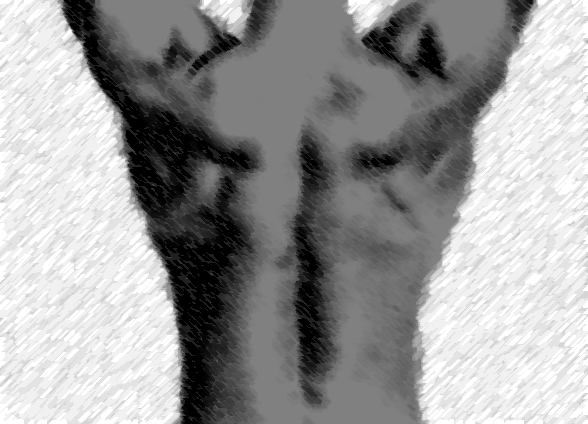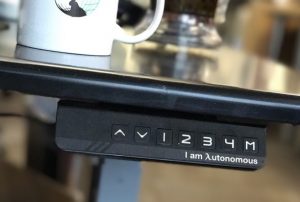
As a Software Engineer, I want to get rid of lower back pain, so I can focus on what else in my life is important.
Since 2013, I’ve had problems with lower back pain. As a software engineer, and not one with great posture, I spend 6 – 10 hours per day at a desk slinging code, and it’s begun to take it’s toll on my mood & wellbeing. Over the summer of 2016, I decided I’m not doing myself any favors by ignoring the problem and that living with this pain was affecting my quality of life. I decided to take a persistent, ongoing approach towards solving the problem once and for all. I’m happy to report that 6 months later, I am largely back-pain free.
Here are the things I tried:
1. Get care from a chiropractor
I’ve heard mixed things about chiropractors — Some on the internet claim that Chiropractic is junk science, and others completely swear by it. I sent out a tweet to get advice on what to look for in a Chiropractor. Click through to the tweet if you want to see some of the advice.
Anyone out there in the twitterverse gone to a chiropractor for back pain before? Was your experience positive?
— señor engineer (@owocki) October 7, 2015
The TLDR is to find a chiropractor that you feel comfortable with, have a good rapport with, who has good reviews / testimonials, and who accepts your insurance.
I ended up going to a chiropractor in Boulder that diagnosed that my spine was leaning a bit to the left, creating load on the left side of my musculoskeletal system. I saw them once or twice a week for about 2 weeks, then dialed back as I started feeling better.
2. Get a standing desk
My poor posture while sitting in front of a computer for several hours per day was likely one of the major reasons behind my pain in the first place. I’ve tried becoming more disciplined about my posture, but have usually found that as soon as I am deep in a hard technical problem, my focus is no longer on my body and is mostly in my head.
As a workaround, I decided to get an autonomous.ai Smart Desk. Autonomous ‘s desk solution is motorized, and comes with this nice little control switch:
From left to right, I programmed the desk to give me the following positions:
- Seated, low — This position allows me to get my shoulders back
- Seated, high — A position that allows me to sit up straight and have my hands directly on the keyboard with minimal strain.
- Sitting on my legs — This position allows me to sit upright in my chair, on my legs, and have the keyboard at a comfortable length.
- Standing — Uhm, standing.
I find myself moving between the positions several times per day, allowing me to stretch and relax different parts of my legs and shoulders.
3. Stretching every morning
I’ve found that spending 5-20 minutes stretching when I wake up has helped. I’ve tried a lot of different muscles and stretches, but mostly landed on stretching my hamstrings, shoulders, lower back, and abdominals.
4. Cold water showers
In the shower every morning, I run cold water on my lower back. I’m told that this releases endorphins and reduces inflammation. I don’t understand the science super-fully, but I do know that if I don’t do this, I do kind of feel naked (pun intended) coming out of the shower.
5. Doing abdominal work
I’m told that the muscles in the abdominals play a major role in supporting the lower back and spine. As an software engineer, these muscles don’t get a ton of use during the course of my day job, so I’ve tried to spend 10 – 15 minutes exercising them at the gym. I’ve tried a lot of different things, but mostly landed on a combination of crunches, planks, and poses borrowed from Vinyasana yoga.
6. Adjust Sleeping style
I’ve found that mornings when I sleep on my stomach have correlated strongly with having a stiff lower back. Moving to either sleeping on my side, with a pillow between my legs; or to sleeping on my back; has really helped.
A work in progress
All of the above have helped me as I move into my thirties. I’m sure that this will all evolve as I grow into my mid thirties and beyond. As with all things, your mileage may vary. Send me a tweet if something on this list helped; or if something else that I did not mention has worked for you.
* Disclaimer : The Content is not intended to be a substitute for professional medical advice, diagnosis, or treatment. Always seek the advice of your physician or other qualified health provider with any questions you may have regarding a medical condition. Never disregard professional medical advice or delay in seeking it because of something you have read on this Website
